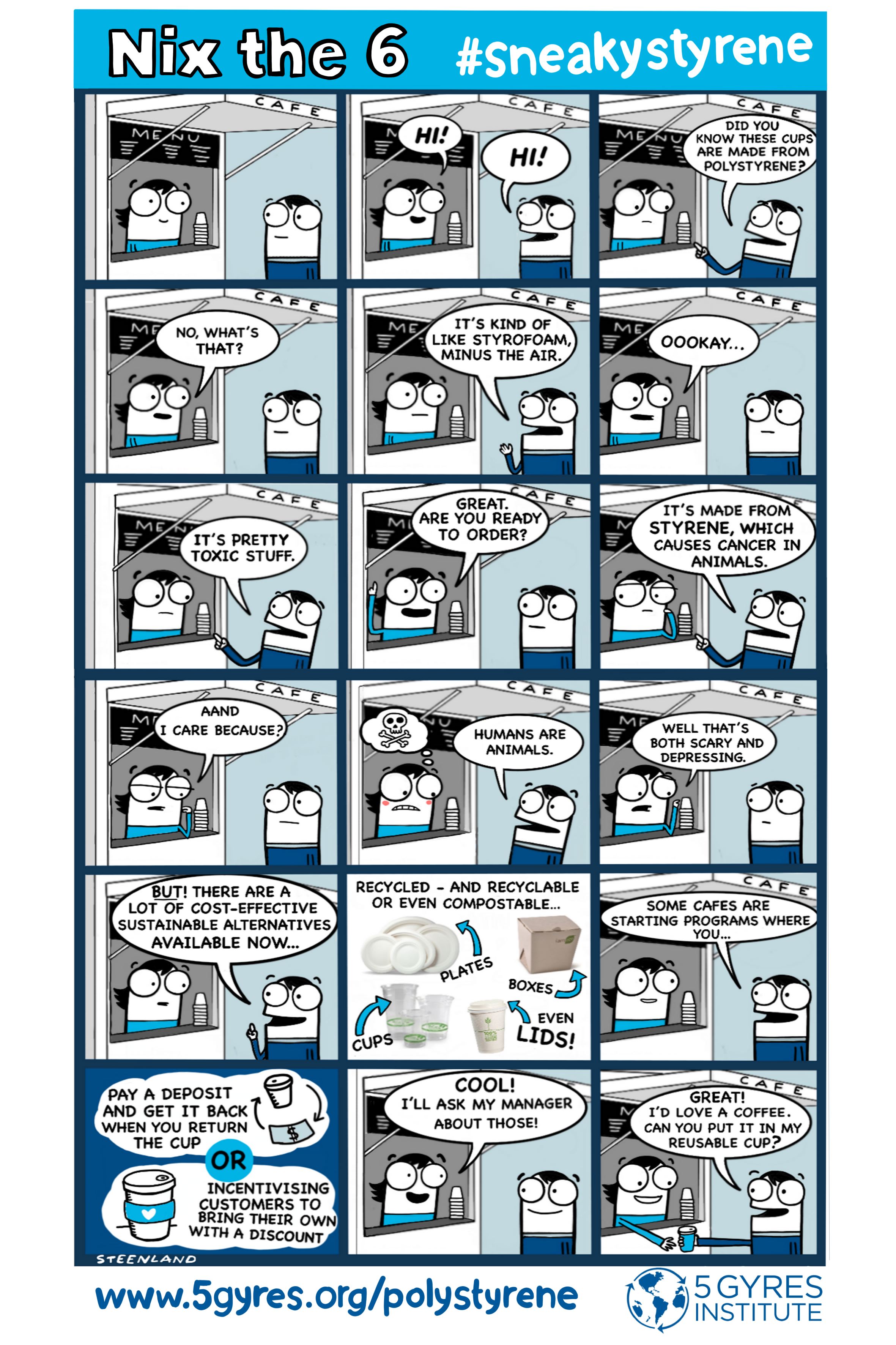Giving Through Jewelry believes in giving back and that’s why 10% of all sales are donated to a charity of the buyer’s choice. There are so many charities to choose from so we like to highlight one organization every month. This month we’re featuring the nonprofit organization, 5gyres. Mission: To empower action against the global health crisis of plastic pollution through science, education, and adventure.
You can check out our FACEBOOK page to see how much we donate.

What’s the mission of the 5 Gyres Institute?
Our mission is to empower action against the global health crisis of plastic pollution through science, education, and adventure. Our vision is a world free of plastic pollution! We’re honored to be members of Break Free From Plastic, an international movement that unites non-profit organizations to fight plastic pollution, sharing the common values of environmental protection and social justice. We are also founding members of the Plastic Pollution Coalition, a global alliance of organizations, businesses, and thought leaders working toward a world free of plastic pollution and its toxic impact on humans, animals, and the environment. In 2017 we received special consultative status with the United Nations Economic and Social Council.
What is a gyre?
A gyre is a large-scale system of wind-driven surface currents in the ocean. The gyres referred to in the name of our organization are the five main subtropical gyres—located in the North and South Pacific, the North and South Atlantic, and the Indian Ocean—which are massive, circular current systems.
Why is there plastic in the gyres?
The accumulation zones of plastic that form in the five subtropical gyres are a result of the diminished winds and currents occurring at latitudes synonymous with continental deserts. Basically, plastic is trapped within these currents, taking at least 10 years to cycle back out—if it doesn’t first get eaten by marine life or sink to the bottom.
5 Gyres FAQ #1: What is a gyre? from Chris Jones on Vimeo.
How to Take Action
1. Take the “Nix the 6 pledge to refuse polystyrene products HERE
2. Check the map to find out where polystyrene bans have passed or are pending, then click to learn more about where you can get involved.
See those yellow, orange and red dots in the United States? That’s where the plastics industry is fighting back by supporting preemptive legislation. Often proposed in areas where local municipalities are considering or have enacted plastic bag ordinances, preemptive laws—also known as the “ban on bans”—outlaw regulation of plastic “auxiliary containers,” including polystyrene. Some even violate “home rule” provisions of state constitutions! Yellow means a preemptive law on plastic has been proposed, orange means it is in progress, and red means it has passed. Under these laws, municipalities lose their right to decide local issues—and individuals are denied the right to take action in their own communities.
Thanks to the Surfrider Foundation for contributing to our map!
3. Use your voice!
The single-most important thing you can do to support a polystyrene ban is to tell your representatives why this step is so important:
- Google “find my councilmember” and a link should pop up that directs how to do this in your city.
- Email, tweet or call your representative with a personal statement about why the polystyrene ban is important to you.
- Share this statement at your neighborhood or city council meeting. This may sound daunting, but it’s easy: Just walk in, fill out a speakers card, and wait until you’re called. Your statement will typically be limited to two minutes. Feel free to use ours,
“My name is [NAME] and I live in [CITY] and am a [PROFESSION]. I want to talk to you today about polystyrene plastic. According to the Environmental Protection Agency, Americans use 25 billion expanded polystyrene coffee cups each year—and many of their lids are polystyrene, too. Polysytrene products are everywhere, from coffee cup lids to straws, cutlery and cups (even SOLO cups). Expanded polystyrene foam—commonly known as “Styrofoam”—is basically polystyrene that’s expanded with air. You can identify polystyrene and expanded polystyrene foam by the number ‘6’ on the bottom of a product. These plastics are made from styrene, a known animal carcinogen that was found ‘reasonably anticipated to be a human carcinogen’ by the National Toxicology Program and ‘probably carcinogenic to humans’ by the International Agency for Research on Cancer. These plastics are difficult to recycle and are even banned from many recycling programs because of contamination programs: Less than 2% of polystyrene was recycled in 2013. And polystyrene is one of the most common forms of plastic pollution found in our environment. This is why I support a polystyrene ban in [CITY]. Even leaders of Dow Chemical, Coca-Cola, L’Oreal, Unilever, and Procter & Gamble have recommended the phase-out of polystyrene! Please join me in supporting a polystyrene ban to protect our health and our environment. Thank you!”
4. Use these resources to help jumpstart a ban in your community.
5 GYRES POLYSTYRENE POLICY BRIEF
SAMPLE POLYSTYRENE BAN CULVER CITY
Click here for an information page about the Culver City ban.
SAMPLE POLYSTYRENE BAN MANHATTAN BEACH
SAMPLE POLYSTYRENE BAN MALIBU
EQUINOX PROJECT GUIDE FOR POLYSTYRENE REDUCTION POLICIES
POLYSTYRENE TOXICITY RESEARCH STUDIES

POLYSTYRENE FREE CAMPUS GUIDE
5. If you see polystyrene products in your favorite cafe, bar or restaurant, take a minute to talk to your server about eliminating them. You can also print and share our leave-behind flyer, if you’re shy about striking up a conversation.
Art by 5 Gyres Ambassador Sarah Steenland
DOWNLOAD & PRINT THIS!

Leave-behind flyer
